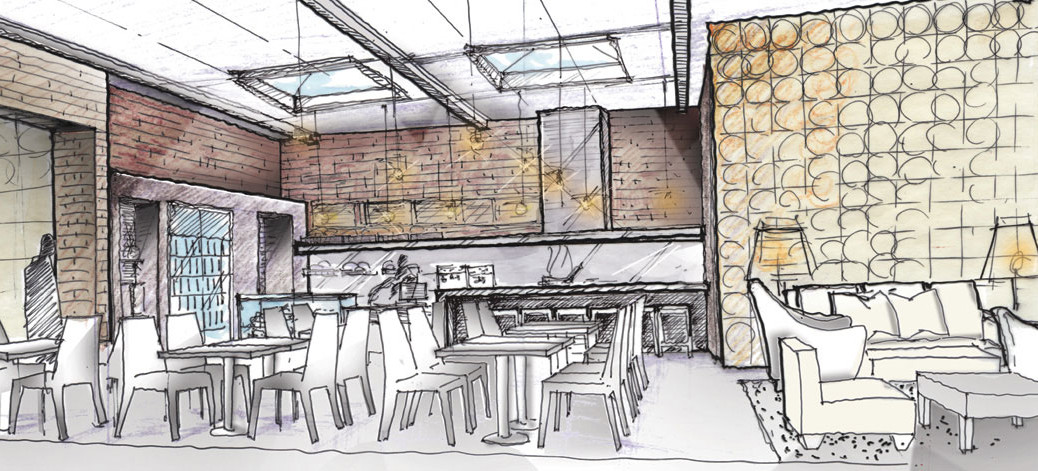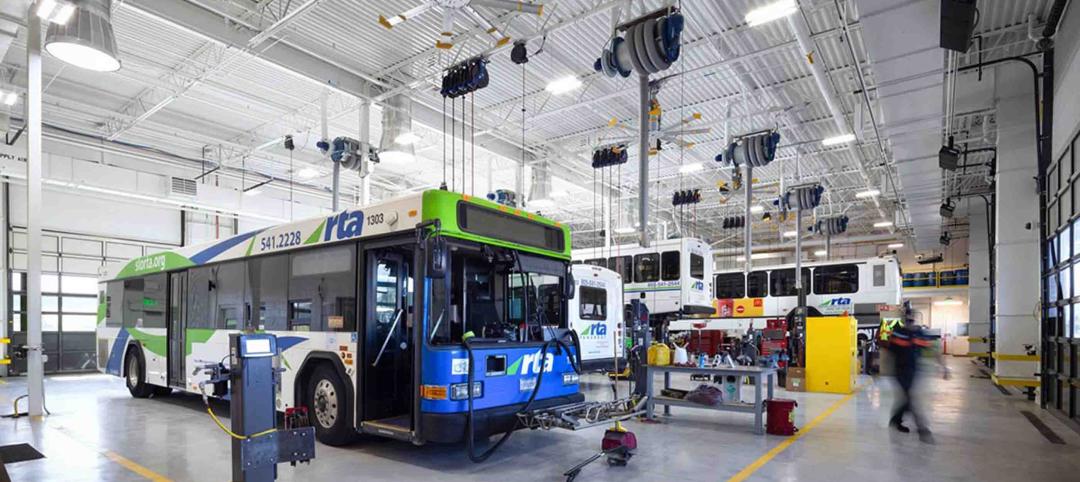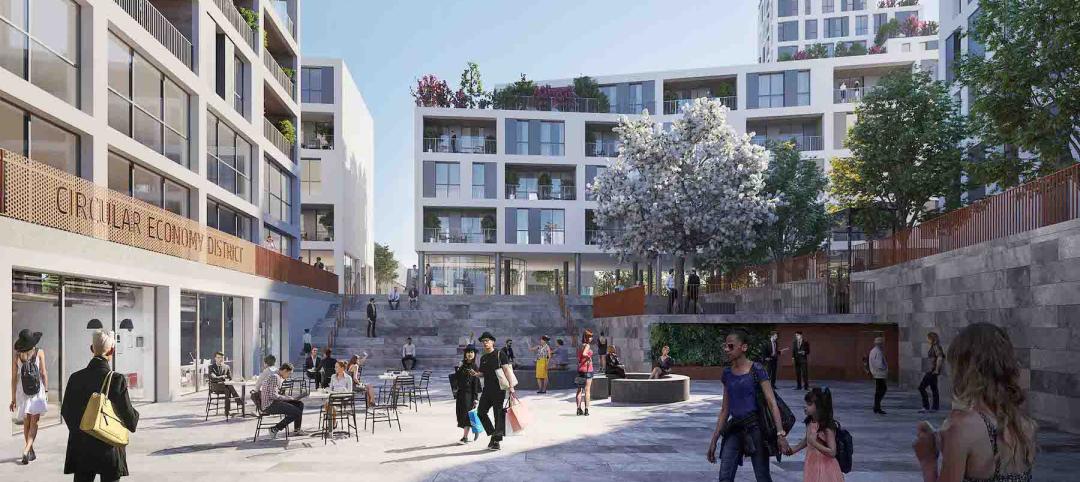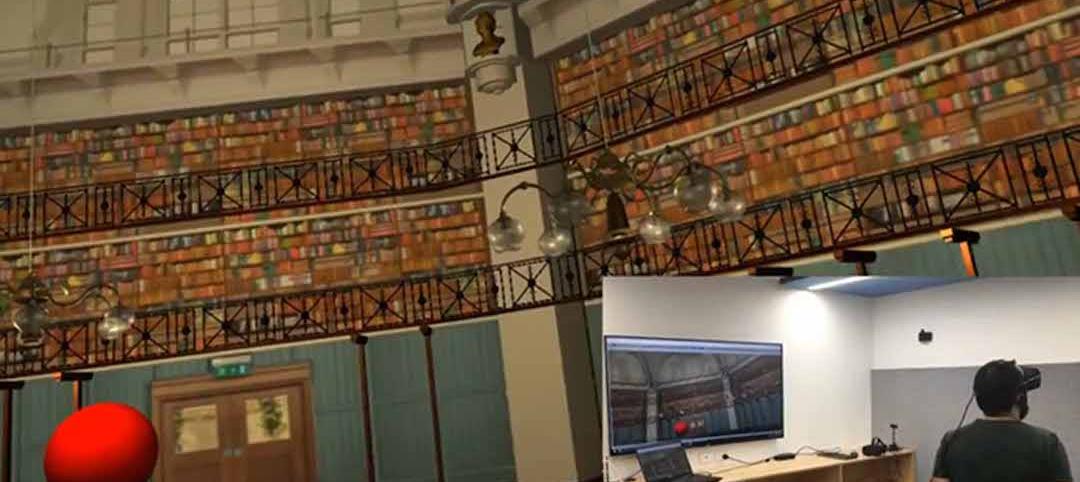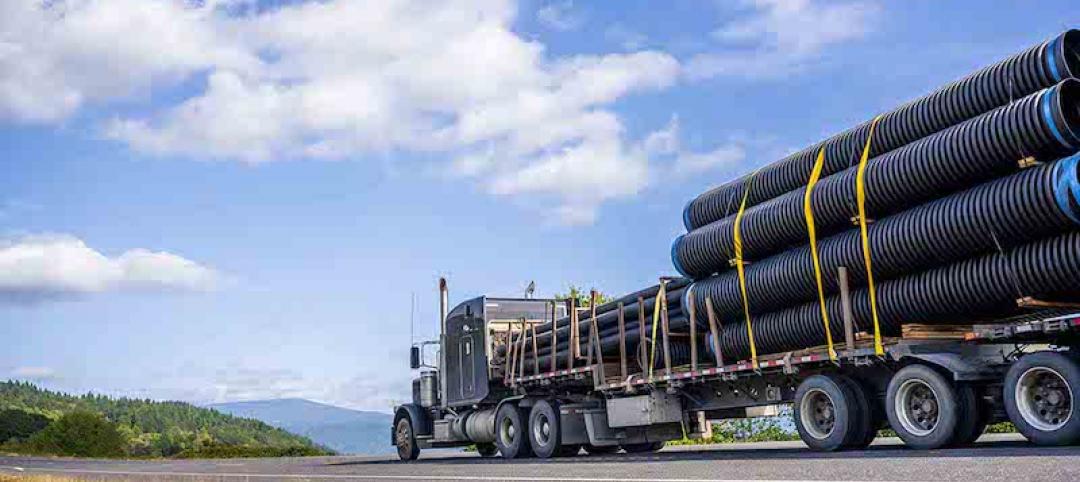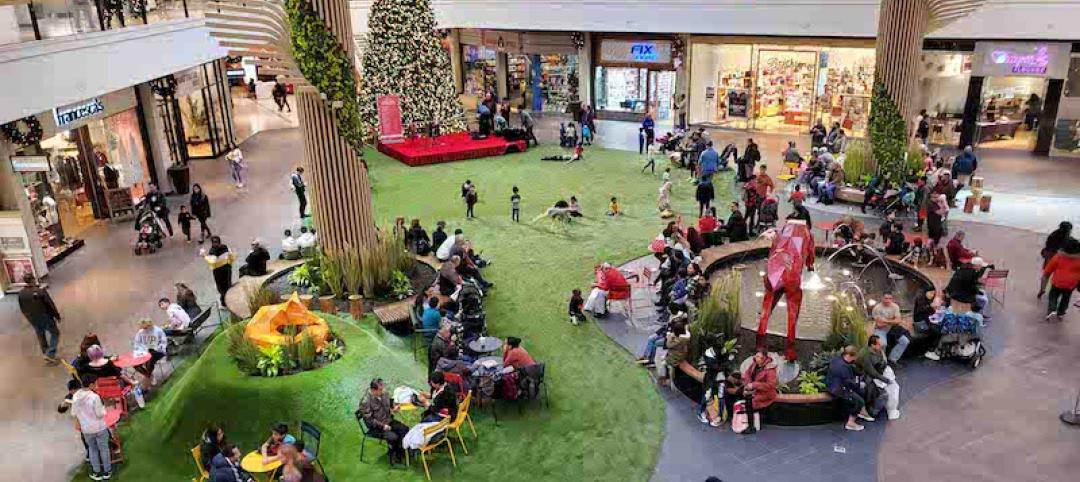“What’s the latest in workplace trends?”
We hear this question on a daily basis in our industry. Often, the responses from workplace designers, media and consultants mention “benching,” “task-based work settings,” “smaller spaces for individuals,” “allocating space for group support and providing choice within the work environment.” These “solutions” certainly coincide with what we see in the most progressive work environments which are emerging from the tech and creative sector.
Then there’s the client perspective. Typically, a client has seen an article in a trade journal, periodical, or website featuring sleek images of edgy workspaces. “_____ (fill in the blank) is the latest trend in workplace design today,” they’re told. Naturally, many want the latest and greatest for their office environment.
Ask a workplace expert what the trends are and nine-times-out-of-ten they bring up these same progressive environments with all of the attributes mentioned above.
"I’ve grown tired of hearing about these solutions, some not so new, described as the latest trends. Buying into or “demanding” an environment deemed the latest trend can often produce an ill-fitting, inappropriate or unsuccessful space for the client."
The problem is that these aren’t trends in the workplace so much as they are actual solutions. And, often, these solutions aren’t for everyone.
I’ve grown tired of hearing about these solutions, some not so new, described as the latest trends. Buying into or “demanding” an environment deemed the latest trend can often produce an ill-fitting, inappropriate or unsuccessful space for the client.
Take the example of a start-up telecommunications client I worked with during the 1990s dotcom boom. My client, a wireless infrastructure provider, had a booming business and the workplace needed to grow from 3000SF to 300,000SF virtually overnight. When I sat down with the founder to talk about a new workplace, he immediately pulled out a glossy business magazine and opened up to an article about a free address workspace.
The article featured a user space with mobile furnishings. Everything had wheels on it. The narrative implied that ‘If you give your employees an opportunity to reconfigure, it’s great for employee engagement, and they feel invested in the space.’ Instead of workers adapting to the environment, the environment was designed to adapt to their ever evolving nature of work. It was, frankly, a furniture-based solution with some amenity spaces like phone rooms, focus rooms and team rooms. It was also 100% free address. Thinking about mobility is nothing new in workplace design, but this was the mid-‘90s and the technology we have access to today was as available then as a flying car is now.
The telecom CEO laid a finger on the magazine and said, “John, this is what we want our new headquarters in Northern Virginia to look like.” “It has to work for you,” I told him. “The fact that it’s described as the latest trend in workplace (ie: a solution), doesn’t mean it’s going to work for you.”
His response? “I don’t care, I want it, it looks cool and I want to be on the cutting edge of this new type of workplace.” He was adamant.
I pleaded with him. “You have some standard corporate functions in this headquarters space. You have finance and accounting, receivables and payables, admin staff and a human resources department. Are you suggesting that every morning when someone comes in to the office they will have to find a seat because they are not assigned one?”
“It’s the latest trend, it’s what I want,” he said. He wouldn’t budge.
Despite repeated challenges to his “wishes”, in the end, he got what he asked for and then some. Needless to say the outcome was less than desirable.
Employees didn’t know how to work in this free address office environment (Change Management anyone?). His staff couldn’t understand how to navigate the space and use the mobile products. Their attitude was ‘What do you mean I don’t have a permanent individual workspace with my nameplate on my workstation? I don’t get it.’ It was a poor fit for his company culture, organizational practices and available technology.
The results were gruesome. The centrally located huddle rooms and glass-enclosed spaces were conquered and declared occupied territory, which was claimed and camped out in permanently. Staff would tape paper up on the glass for privacy. Even worse, because the furniture was mobile, team members performed what we affectionately called “midnight acquisitions.” At the end of the day when staff was gone, some would visit the office’s flexible spaces, wheel half a dozen file cabinets over to their space and build themselves a fortress. They’d stack file cabinets on top of each other and butt them side to side as if to say ‘This is where I’m going to camp out.’
The short version: it failed. Miserably.
When clients asked about the latest trends in workplace, they often expect to see the latest solution from a magazine or website. “What is so-and-so doing with their work environment?”
They may hear that the cubicle is a thing of a past because everyone is more collaborative now. Really? Everyone? They hear that the trend is migrating to benching, giving them less personal space while providing amenity rooms to supplement what they don’t have at their desk. That’s a description of a particular kind of solution, not a trend for everyone to embrace. That solution works for some and not others.
I’m asked this question a lot, so I want to change the dialogue. Instead of launching into descriptions of the specific progressive solutions embraced by someone else, we need to find a new talking point.
If solutions are not the trend, what is the latest trend? In part two, I explain that there is a trend and why it’s good news.
More from Author
Stantec | Apr 18, 2024
The next destination: Passive design airports
Today, we can design airports that are climate resilient, durable, long-lasting, and healthy for occupants—we can design airports using Passive House standards.
Stantec | Mar 18, 2024
A modular construction solution to the mental healthcare crisis
Maria Ionescu, Senior Medical Planner, Stantec, shares a tested solution for the overburdened emergency department: Modular hub-and-spoke design.
Stantec | Nov 20, 2023
8 strategies for multifamily passive house design projects
Stantec's Brett Lambert, Principal of Architecture and Passive House Certified Consultant, uses the Northland Newton Development project to guide designers with eight tips for designing multifamily passive house projects.
Stantec | Apr 10, 2023
Implementing human-centric design in operations and maintenance facilities
Stantec's Ryan Odell suggests using the human experience to advance OMSF design that puts a focus on wellness and efficiency.
Stantec | Jul 6, 2022
5 approaches to a net zero strategy that communities can start right now
Whether your community has started on a plan or is still considering net zero, now is the time for all of us to start seriously addressing climate change.
Stantec | Feb 14, 2022
5 steps to remake suburbs into green communities where people want to live, work, and play
Stantec's John Bachmann offers proven tactic for retrofitting communities for success in the post-COVID era.
Stantec | Feb 8, 2022
How gaming technology is changing the way we design for acoustics
Adding 3D sound from gaming engines to VR allows designers to represent accurate acoustic conditions to clients during design.
Stantec | Dec 15, 2021
EV is the bridge to transit’s AV revolution—and now is the time to start building it
Thinking holistically about a technology-enabled customer experience will make transit a mode of choice for more people.
Stantec | Sep 3, 2021
Passports to a net-zero carbon future
How materials passports can help designers achieve social value and net-zero carbon.
Stantec | Aug 25, 2021
The mall of the future: Less retail, more content
For the mall to survive, it will need to embrace nontraditional uses and “messy vitality.” Here’s how to do it.

